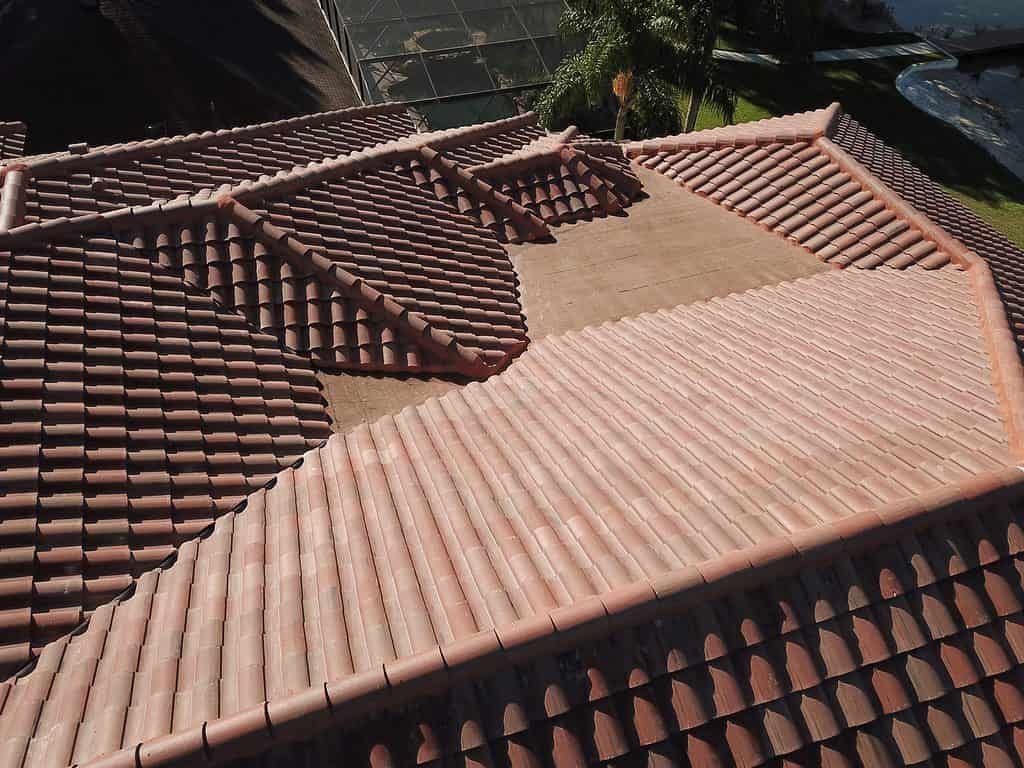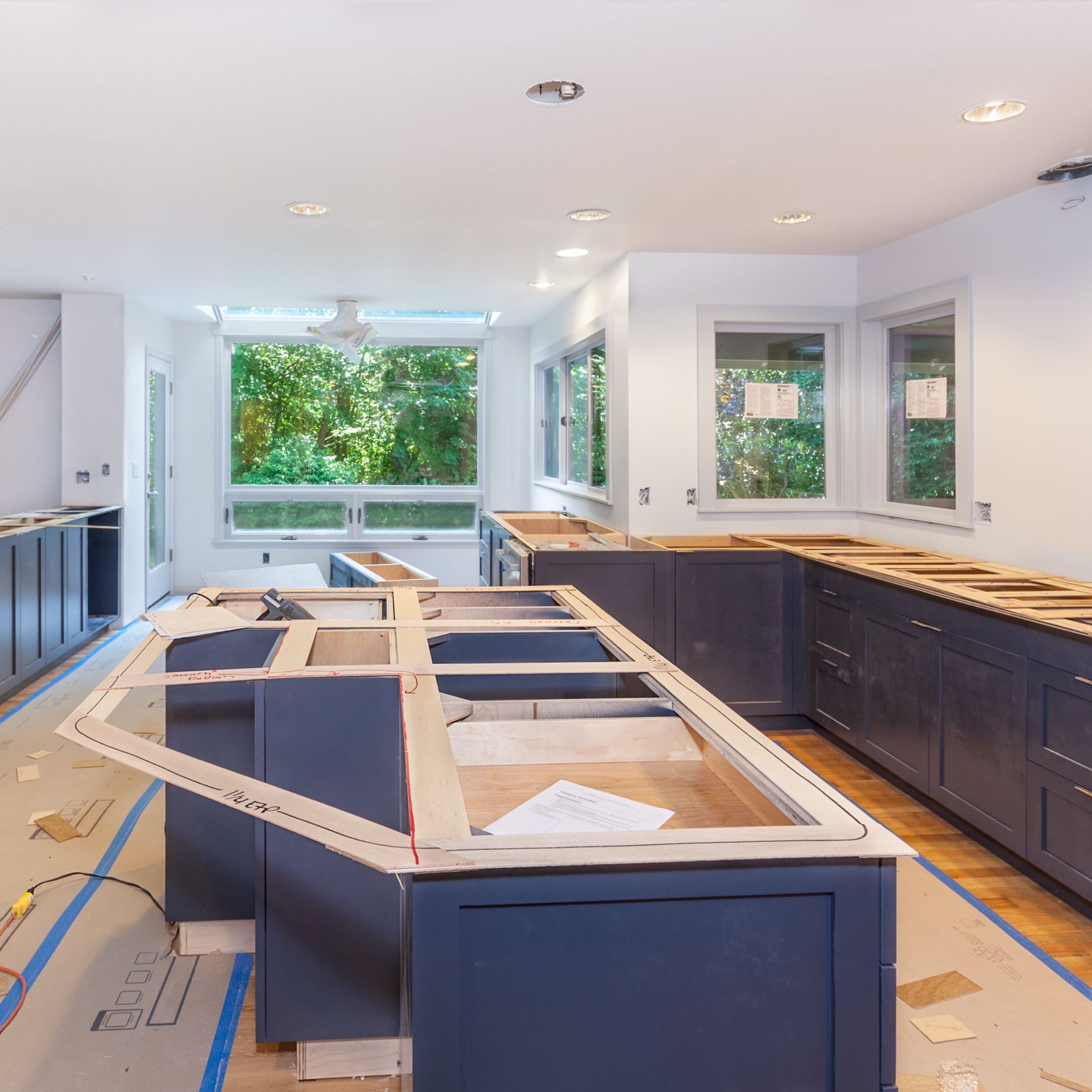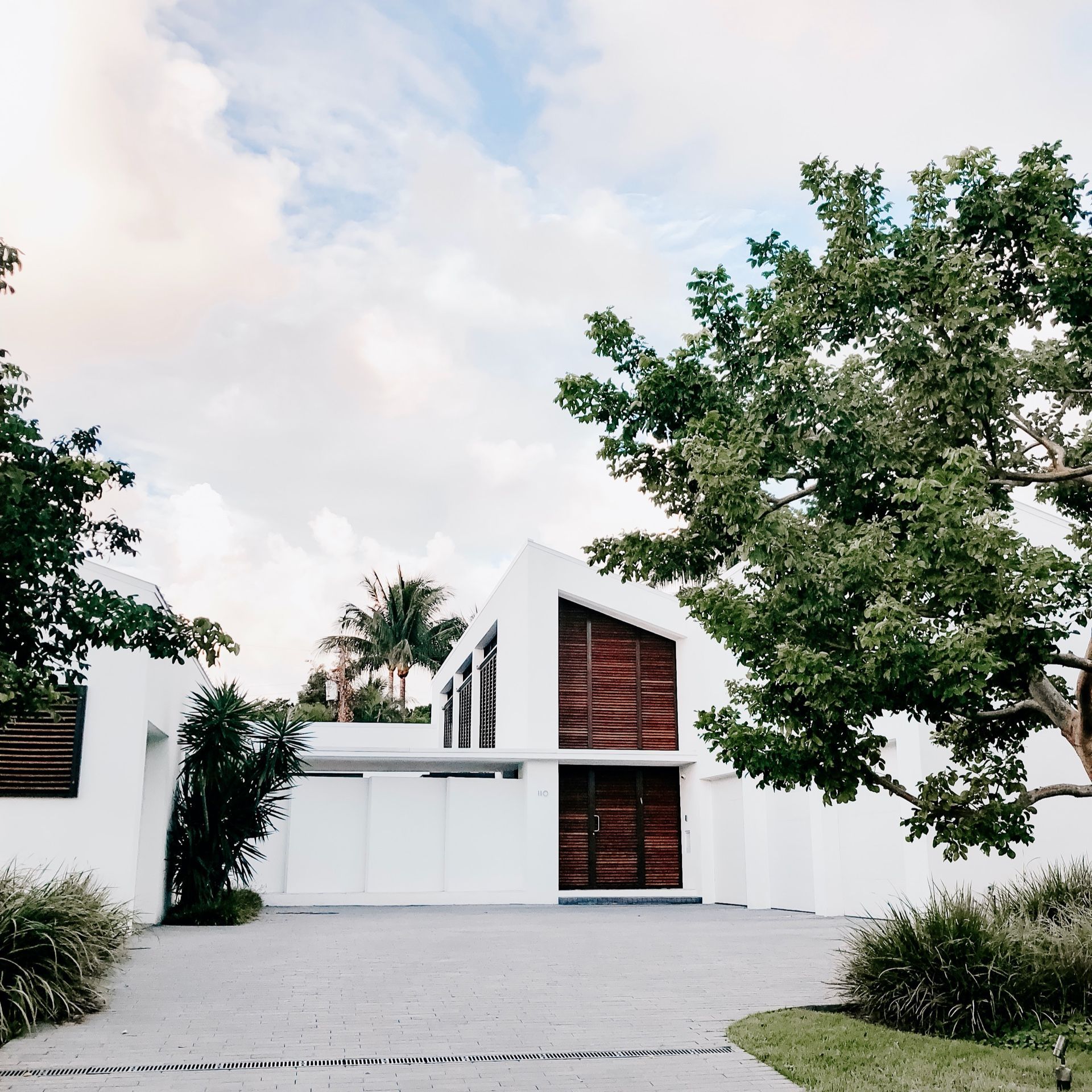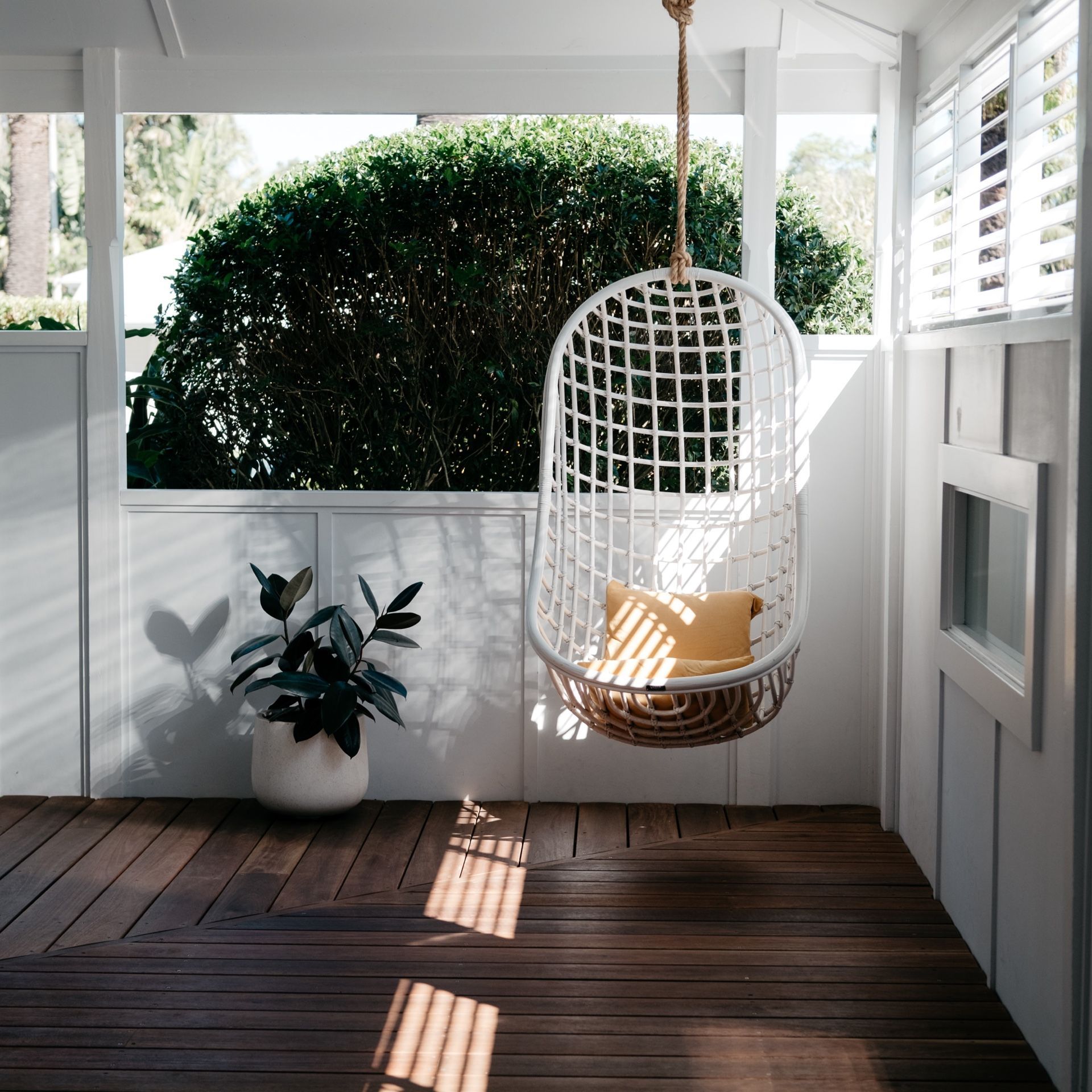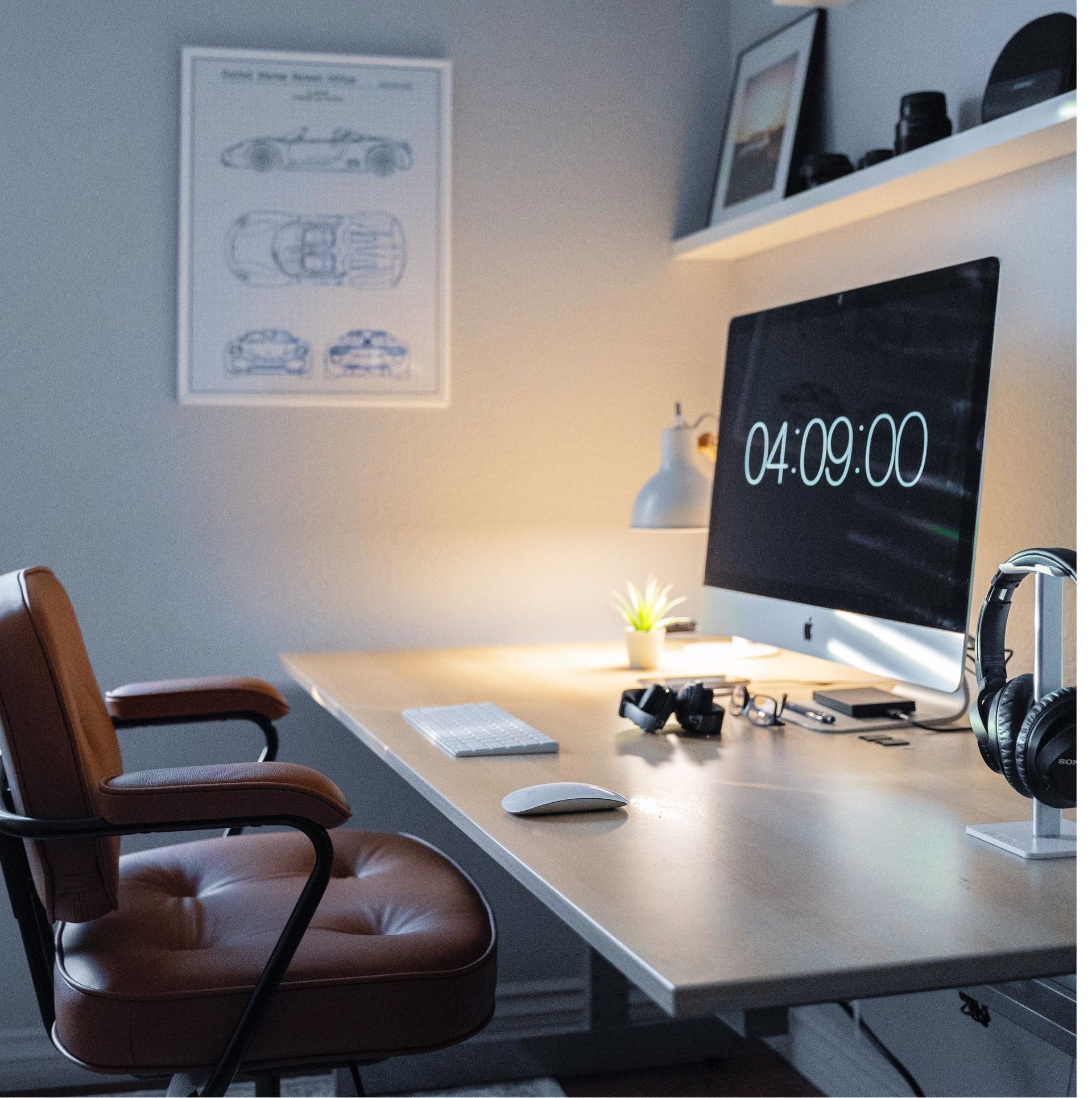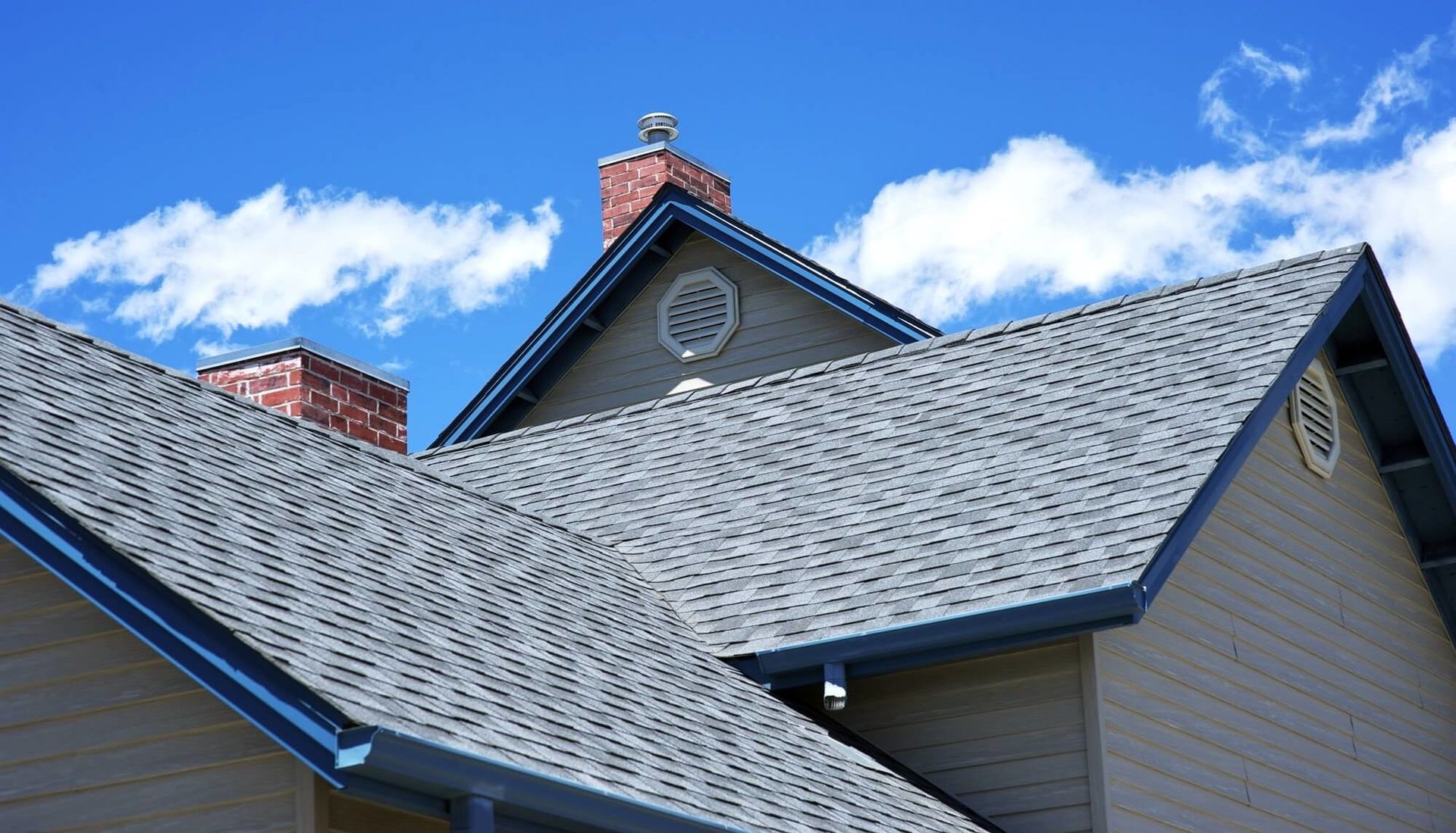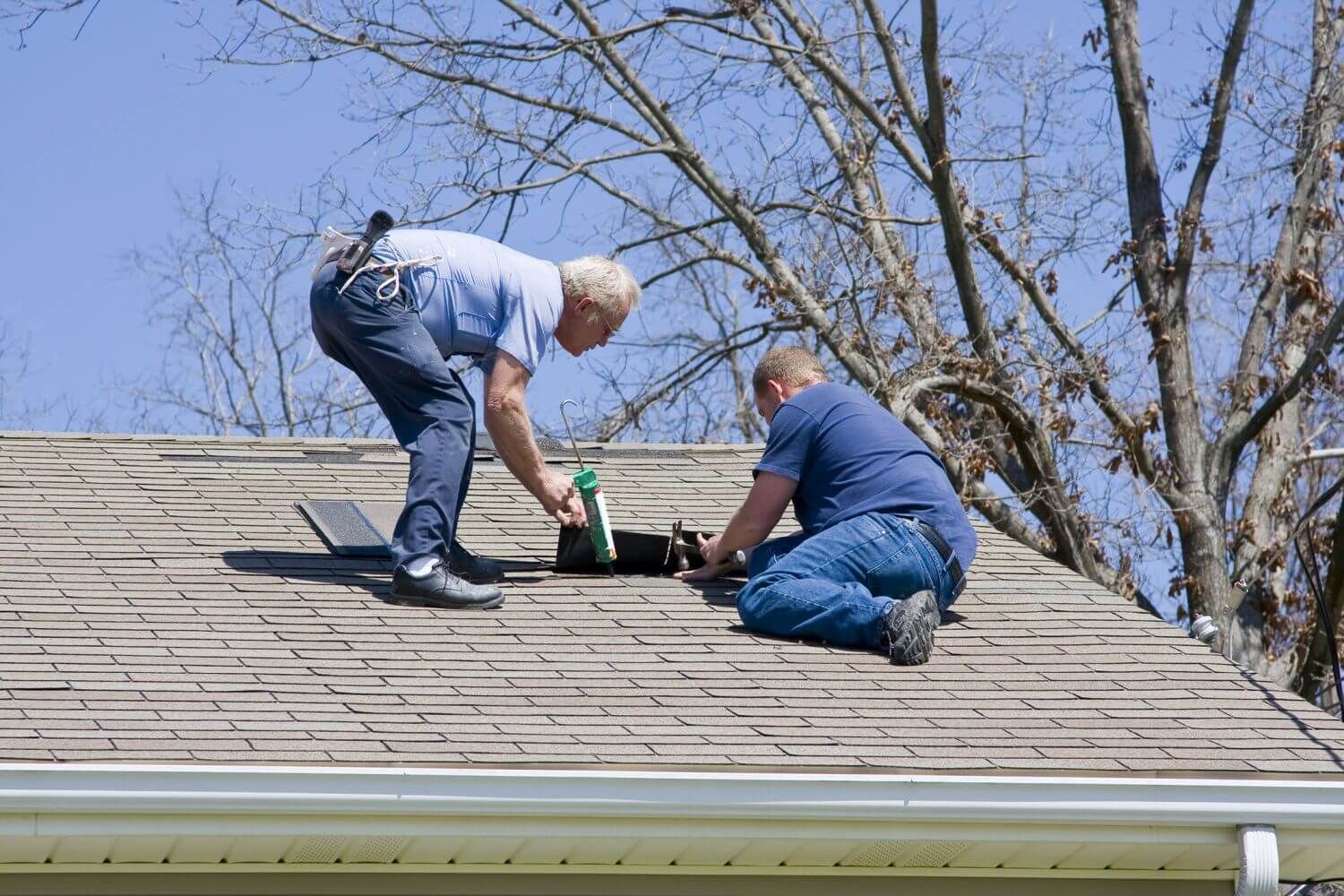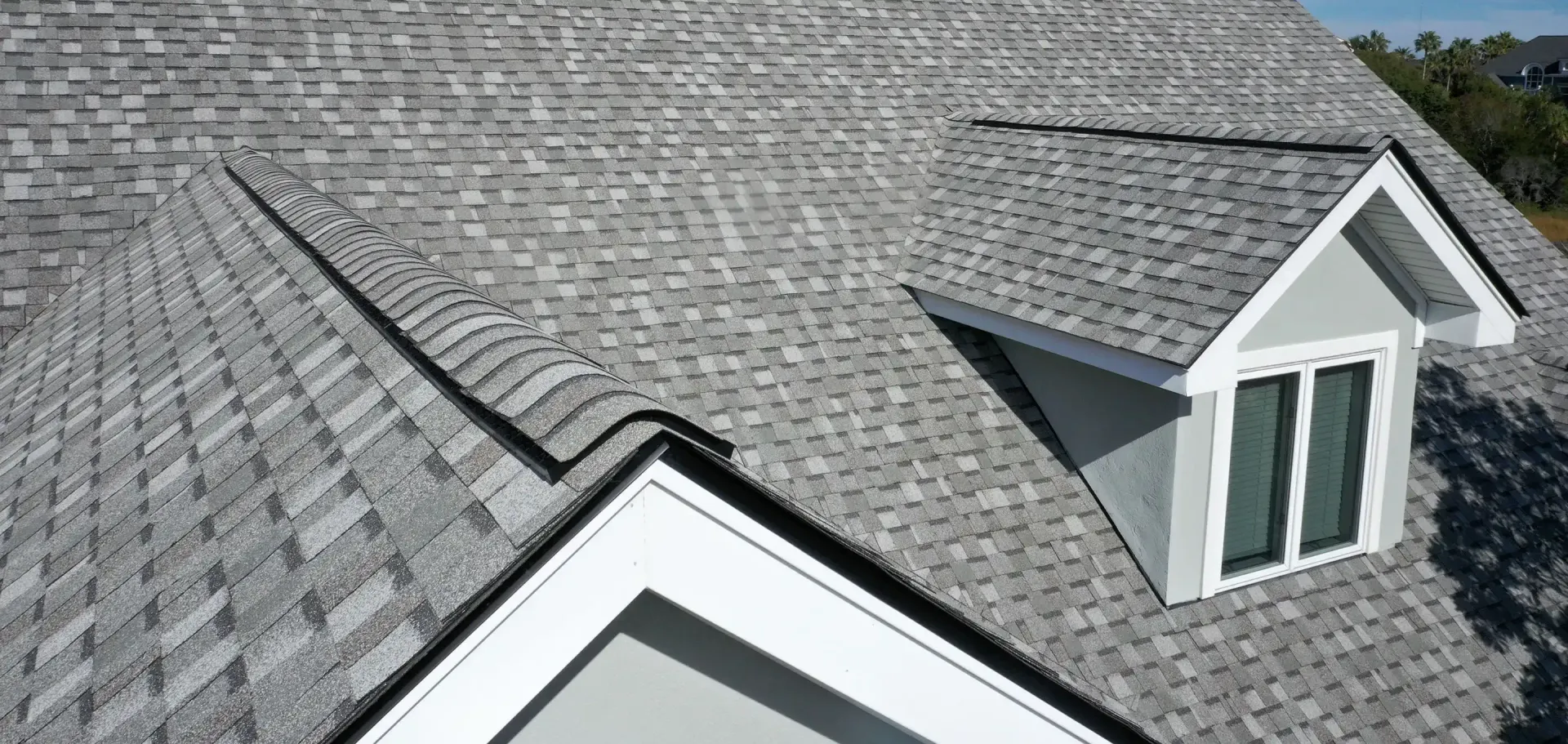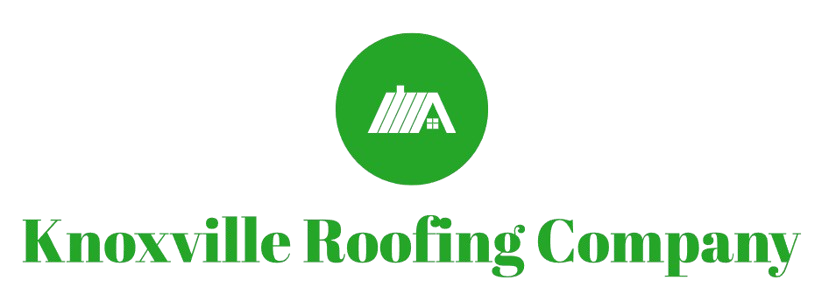How to Deal with Algae and Moss on Your Roof in Knoxville
Dealing with algae and moss on your roof in Knoxville can be tricky. These pesky growths not only look bad but can also harm your roof over time. We know how important it is to keep your home in top shape.
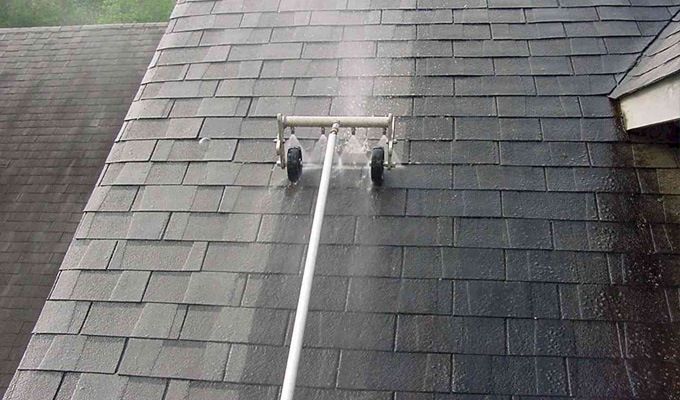
To get rid of algae and moss, you can use gentle cleaning methods like soft washing or hire pros who know how to clean without damaging your shingles. It's best to tackle this problem early before it gets worse.
Simple steps like trimming trees to let in more sun and keeping gutters clean can make a big difference. Let's dive into some easy ways to keep your roof looking great and lasting longer.
Understanding Algae and Moss Growth in Knoxville
Algae and moss are common issues for Knoxville roofs. These growths thrive in our humid climate and can cause damage if left unchecked.
Causes of Algae and Moss
Knoxville's warm, humid weather creates ideal conditions for algae and moss growth on roofs. Shade from trees keeps parts of roofs damp, encouraging these organisms to spread.
Poor roof drainage also plays a role. When gutters get clogged, water can pool on the roof. This moisture feeds algae and moss.
Airborne spores easily take root on roofing materials. North-facing roof sections get less sun, staying damp longer. This makes them prone to algae and moss.
We often see more growth in neighborhoods with lots of trees. The shade and falling leaves create perfect conditions for these organisms to thrive.
Effects on Roofing Materials
Algae and moss can seriously harm roofs if not addressed. They trap moisture against shingles, leading to rot and decay. This shortens the life of roofing materials.
As moss grows, it can lift shingles, creating gaps for water to enter. This may cause leaks and interior water damage.
Algae feed on limestone in shingles, weakening them over time. Dark algae streaks absorb heat, potentially warping shingles.
Both growths can clog gutters, leading to water backup and potential foundation issues. In winter, trapped moisture may freeze, causing further damage.
Regular roof inspections are key to catching these problems early. Prompt cleaning and preventive measures can save homeowners from costly repairs down the road.
Preventive Measures for Algae and Moss
Keeping algae and moss off your roof is easier than removing them later. We'll explore two key strategies to protect your Knoxville home from these unwanted growths.
Proper Roof Maintenance
Regular roof upkeep is crucial for preventing algae and moss. We recommend trimming overhanging branches to reduce shade and moisture on your roof. This allows more sunlight to reach the surface, deterring growth.
Cleaning gutters and downspouts is also important. Clogged gutters lead to water backup, creating damp conditions ideal for algae and moss. We suggest cleaning them at least twice a year.
Another effective method is installing zinc or copper strips along the roof ridge. When it rains, these release small amounts of metal onto the roof, creating an environment that inhibits algae and moss growth.
Selection of Roofing Materials
Choosing the right roofing materials can significantly reduce algae and moss problems. We advise opting for algae-resistant shingles when it's time to replace your roof. These shingles are infused with copper granules that inhibit algae growth.
Metal roofs are another excellent option. They're less prone to algae and moss growth due to their smooth surface and quick drying properties.
For those who prefer traditional materials, we recommend light-colored shingles. They reflect more sunlight, reducing the damp conditions that algae and moss thrive in.
Safe Algae and Moss Removal Techniques
Removing algae and moss from your roof requires care to avoid damage. We'll explore effective chemical and non-chemical methods to safely clean your roof.
Chemical Treatments
Specialized roof cleaners can kill algae and moss without harming shingles. These products often contain zinc or copper, which inhibit future growth.
Application steps:
- Choose a calm, overcast day
- Wet the roof
- Apply cleaner with a pump sprayer
- Let sit for 15-20 minutes
- Rinse thoroughly with low-pressure water
Safety tip: Wear protective gear and follow product instructions carefully.
For stubborn growth, we may need to reapply. Always test on a small area first to check for any adverse reactions.
Non-Chemical Methods
Soft washing is a gentle yet effective technique. It uses low-pressure water and mild detergents to clean without damaging shingles.
Steps for soft washing:
- Mix water and eco-friendly soap
- Apply with a garden sprayer
- Let soak for 10-15 minutes
- Rinse with low-pressure water
For small areas, we can use a brush with soft bristles to gently scrub away growth. Always brush downward to avoid lifting shingles.
Preventing future growth is key. We can install zinc or copper strips near the roof peak. When it rains, these metals release ions that inhibit algae and moss.
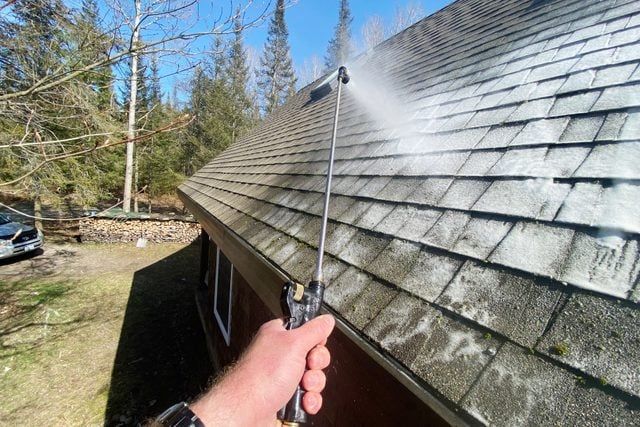
Professional Vs. DIY Algae and Moss Control
Dealing with roof algae and moss requires careful consideration of safety, effectiveness, and cost. The choice between professional and DIY methods depends on the extent of the problem and your comfort level with roof work.
When to Hire a Professional
Professional roof cleaning is often the safest and most effective option. We recommend hiring experts when:
- The growth is extensive or stubborn
- Your roof is steep or difficult to access
- You lack proper safety equipment
- There's risk of damaging shingles
Professionals have specialized tools and cleaners. They can safely remove growths without harming your roof. Experts can also spot and fix any underlying issues.
DIY Safety and Effectiveness
DIY moss and algae removal can be risky. If you choose this route, follow these tips:
- Use proper safety gear (harness, non-slip shoes)
- Work on a dry, calm day
- Use a gentle brush or low-pressure washer
- Apply eco-friendly roof cleaners
For prevention, we suggest:
- Trimming overhanging branches
- Cleaning gutters regularly
- Installing zinc or copper strips along the roof ridge
DIY methods can be effective for mild cases. However, they may not address underlying issues. Improper techniques can damage shingles or void warranties.
Post-Removal Roof Care
After removing moss and algae, proper care is crucial to keep your roof in top shape. Regular checks and quick fixes help prevent future growth and damage.
Routine Roof Inspections
We recommend checking your roof twice a year, in spring and fall. Look for loose or missing shingles, cracks, and signs of new moss or algae growth. Pay extra attention to shaded areas and north-facing slopes, as these are prime spots for moss and algae.
Clean your gutters during these inspections. Clogged gutters can lead to water backup, creating damp conditions that moss and algae love.
Use binoculars from the ground for a safe inspection. If you spot issues, call a pro. They can safely assess and fix problems.
Immediate Repairs and Maintenance
Fix any damage you find right away. Small issues can quickly become big, costly problems if left alone. Replace missing or damaged shingles promptly to prevent water leaks.
Trim overhanging tree branches to reduce shade and debris on your roof. This helps keep it dry and less hospitable for moss and algae.
Consider installing zinc or copper strips along your roof ridge. These metals naturally prevent moss and algae growth as rainwater washes over them.
Keep your attic well-ventilated. Good airflow helps keep your roof dry, making it harder for moss and algae to grow.
Environmental Considerations and Regulations
Dealing with algae and moss on roofs in Knoxville involves important environmental and regulatory factors. You need to consider eco-friendly solutions and local rules about chemical use.
New Paragraph
When tackling algae and moss, we recommend using environmentally friendly cleaning options. Gentle, biodegradable cleaners can be effective without harming plants or wildlife.
Some eco-friendly choices include:
- Oxygen bleach
- Vinegar solutions
- Baking soda mixtures
These products break down safely after use. You can also try physical removal methods like soft brushing or low-pressure washing. These avoid chemicals entirely.
For prevention, we suggest installing zinc or copper strips along the roof ridge. When it rains, these release small amounts of metal that stop growth naturally.
Local Regulations on Chemical Use
Knoxville has rules about what chemicals we can use on roofs. These protect the environment and water supply. Before cleaning, you must check current local guidelines.
Some key points to remember:
- Avoid harsh chemicals like chlorine bleach
- Don't let runoff enter storm drains
- Follow proper disposal methods for cleaning waste
Professional roof cleaners in Knoxville should be licensed and know these rules. If you hire help, you can ask about their eco-friendly practices and compliance with local regulations.
You can also contact the Knoxville Public Service Department for up-to-date information on allowed roof cleaning methods and products.
Conclusion
Dealing with algae and moss on your roof in Knoxville is crucial for maintaining your home's appearance and structural integrity. Regular inspections and cleaning can prevent these issues from worsening.
Proper maintenance, including trimming overhanging trees and cleaning gutters, helps reduce the risk of algae and moss growth. Installing zinc or copper strips can also be an effective preventive measure.
For existing problems, gentle cleaning methods are best to avoid damaging your roof. Professional help is often the safest and most effective option.
We at Knoxville Roofing Company specialize in addressing algae and moss problems. Our experienced team can provide thorough inspections, safe cleaning, and expert advice on prevention.
Don't let algae and moss compromise your roof's health. Contact us today for a consultation and let us help protect your home's most important asset.
